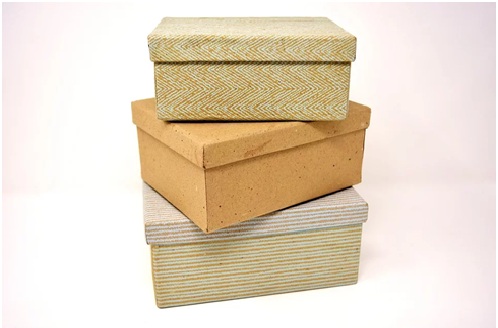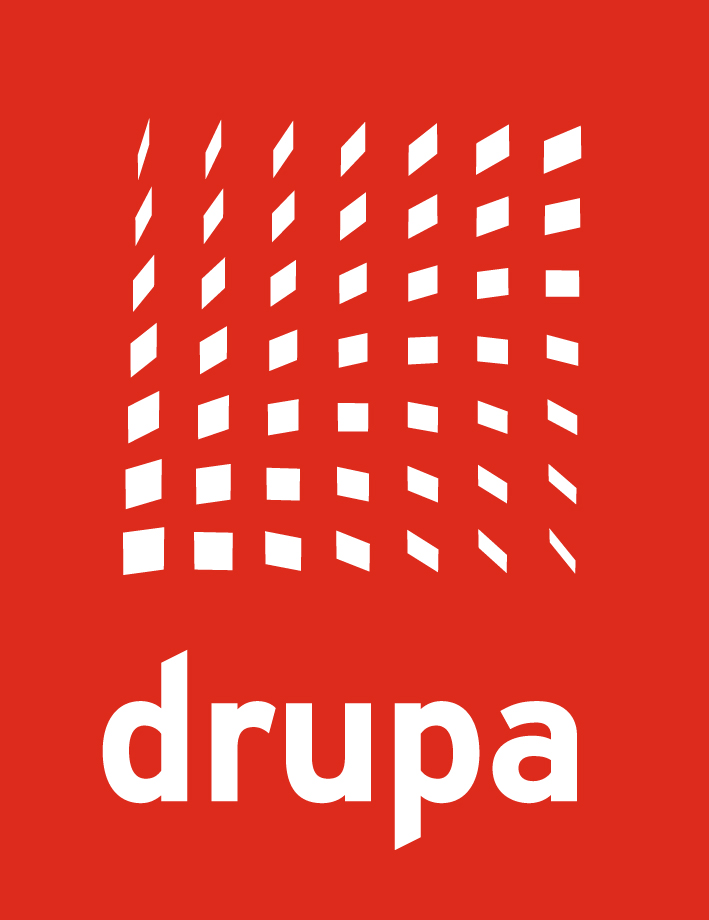Flexible Vs. Rigid Packaging: Which One Should You Choose?
Time:2020-01-09 From:
When it comes to industrial packaging, the choice between flexible and rigid packaging materials should be made based on the product itself. For someone new to the business, this choice can be more difficult than it sounds. The following discussions, however, should help in clearing out some of those basic confusions.
What is Hard/Rigid Packaging?
Rigid packages include cans, boxes, and hard containers of any kind. The actual material can be anything from plastic and glass to metal, but the idea behind it is that it should provide a structure to the packaging container. The main and perhaps the only valid reason why they make commercial sense in some regards is the fact that they provide physical protection to the products inside them. A laptop or a smartphone won’t survive to ship if they are not put in a hard case package, aka rigid packaging.
The rigidity of the container will be decided based on what it contains and what kind of protection the product/products may need during transport.
What Is Flexible Packaging?
Almost all major companies in the food business now use flexible packaging because they are durable enough to survive rough handling, and due to the flexibility factor, more of the products can be shipped at a much lower cost. Cans and bottles are being abandoned as the preferred method of packaging food-grade goods due to these reasons, not to mention, flexible packages are also more cost-effective than hard containers.
The only negative aspect of flexible packaging is that it cannot provide physical protection for the likes of electronics or cutlery, for example.

Which One Should You Choose?
If you are dealing with food in most forms in your business, a flexible package made from appropriate materials is definitely the way to go. Anything else that does not require serious shock-resistance via the packaging will also be better suited to flexible packs by default.
On the other hand, rigid packaging is more suited to delicate goods that require trauma protection. Therefore, it all comes down to what you are trying to sell in those packages more than anything else.
The Marketing Aspect
A hard or rigid surface makes it slightly better for marketing, as images/branding content is easier to see and read on a hard packet. However, given how little of an impact that has in this age of digital marketing where the decisions are made even before entering a store, the cost savings on flexible packages alone make it a better alternative to choose, whenever the option is there.
In spite of each type having its own use in industrial packaging, flexible materials and designs are largely preferred because they are easy to transport, cheaper to manufacture, and they do not take up as much space as rigid packaging does either. That being said, rigid packaging does provide shock absorption, which is likely the only reason itis still used. Protecting delicate products from physical damage during transport would be impossible otherwise.
[News Resource]:http://blog.packaging-labelling.com/

